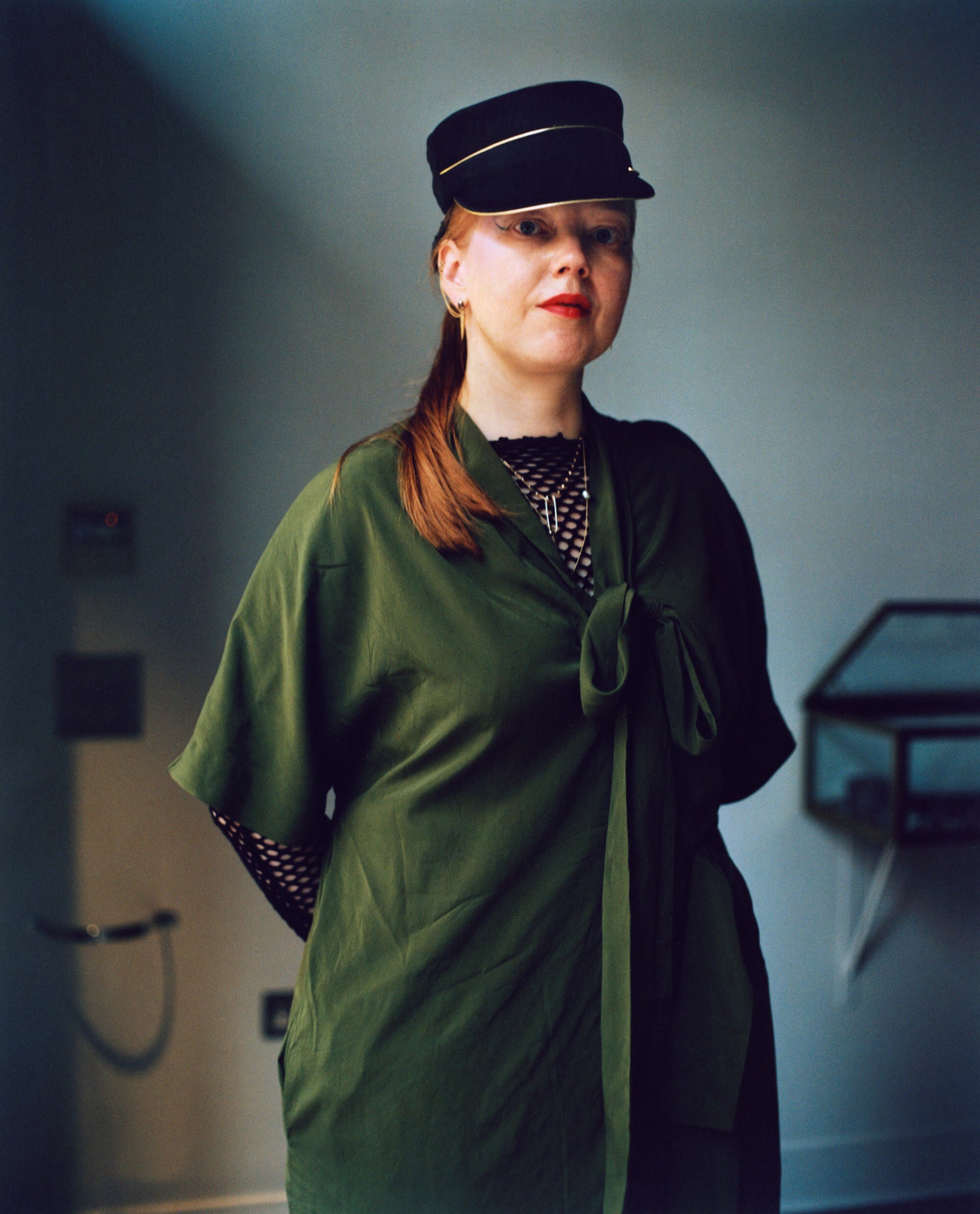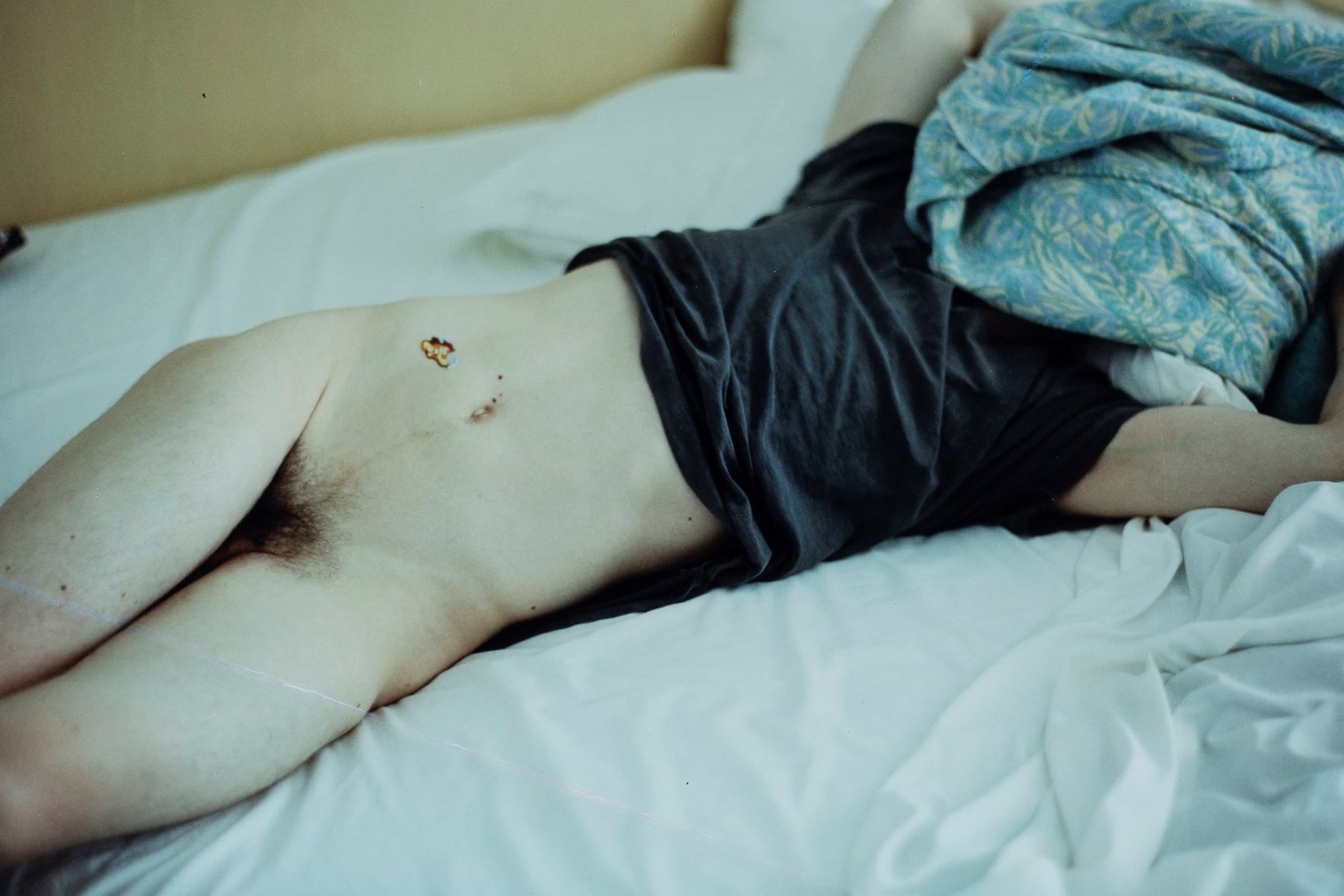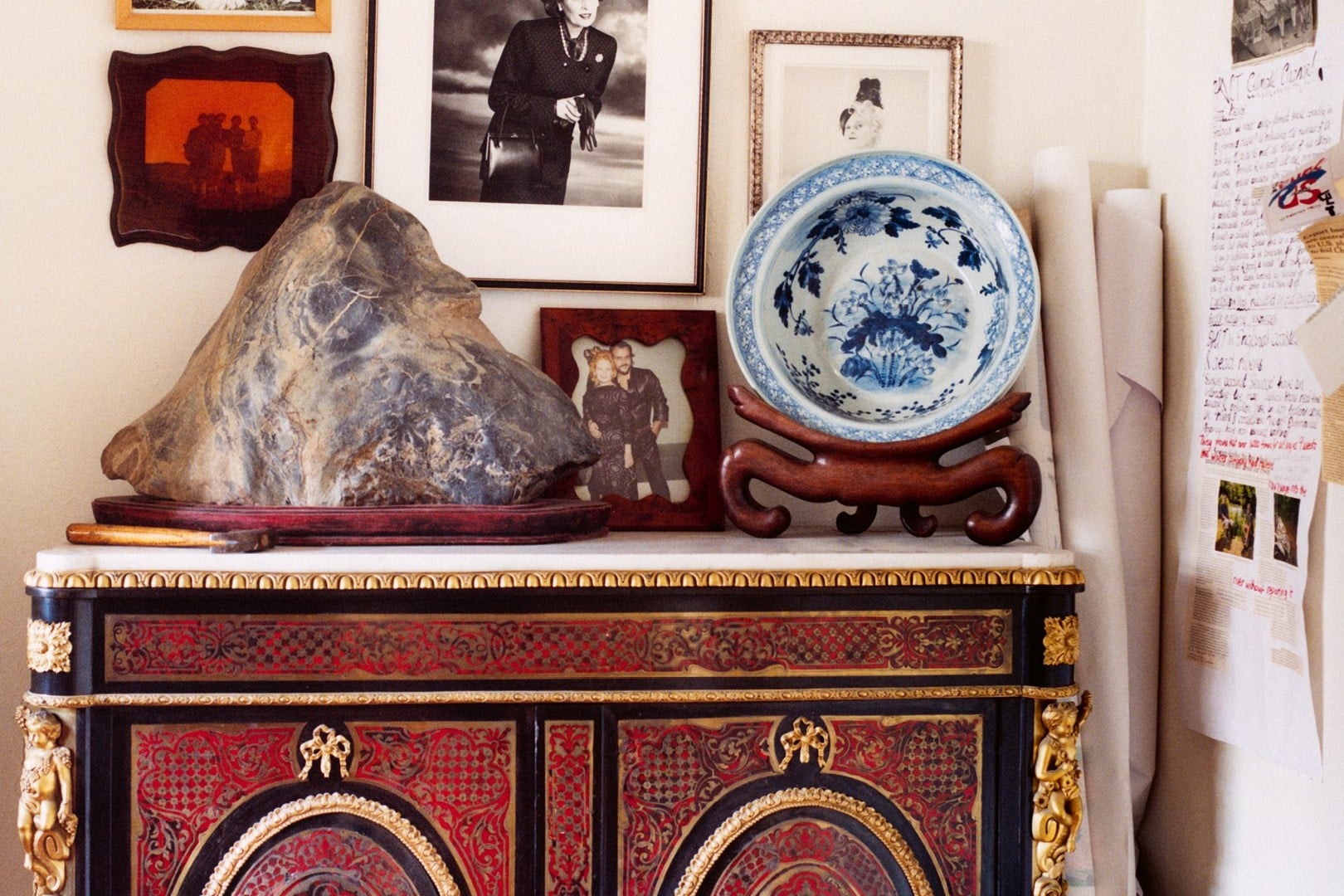When Julia Muggenburg rustles out of the rain and into her Mayfair gallery Belmacz to find me sitting in the window, she has the unmistakeable air of an explorer returning home laden with treasures. “I’ve brought my beloved hat, by Stephen Jones,” she tells me delightedly, presenting a piece which can be worn either forwards, to show a shiny, polished peak, or backwards, exposing a coolly dishevelled one. “It's called 'From Mayfair to Shoreditch!’” An apt choice, she explains, given that she has spent the morning running around town. “And you know, because I was in a rush I didn't have a hatbox. But hopefully it's okay. You know, it should really be a little bit battered.”
Those who know her will affirm that the jewellery designer and gallery founder is rarely seen without a hat, many of which are designed by her old friend, milliner Stephen Jones. Still, it’s Muggenburg's manner, rather than her ample collection of accessories, which is the most spellbinding thing about her. She is the kind of figure that the age-old-adage ‘conversation is an art form’ might have been dreamt up for: every sentence brims with references – people you must read about, places you must visit, anecdotes from acquaintances who double up as influential artists – all of which are offered not ostentatiously, but generously. Like gifts. A conversation with Muggenburg is akin to sitting down with a treasured book – you walk away richer, somehow.
Born near Düsseldorf, Muggenburg first arrived in London some 25 years ago to undertake a course in painting at Central St Martins, and never found cause to return to Germany. “In a sense I didn’t deliberately move away, I just sort of didn't go back,” she says. The course provided a delicious entry into the arts, building on the foundation she had already acquired from her upbringing, and led not to a creating work for a gallery – “I thought it would be limiting,” she explains – but to a class in goldsmithing in Russell Square – “of course goldsmithing work was very similar to sculpting, just on a different scale.” She took to the design aspect of the craft quickly, and clients soon approached, drawn to her extraordinary ability to dream up portable, custom artworks to suit their individual traits and passions. Her brand, its name comprised of words denoting ‘belle’ and ‘maximum’, was founded in 2000 to cater to them.
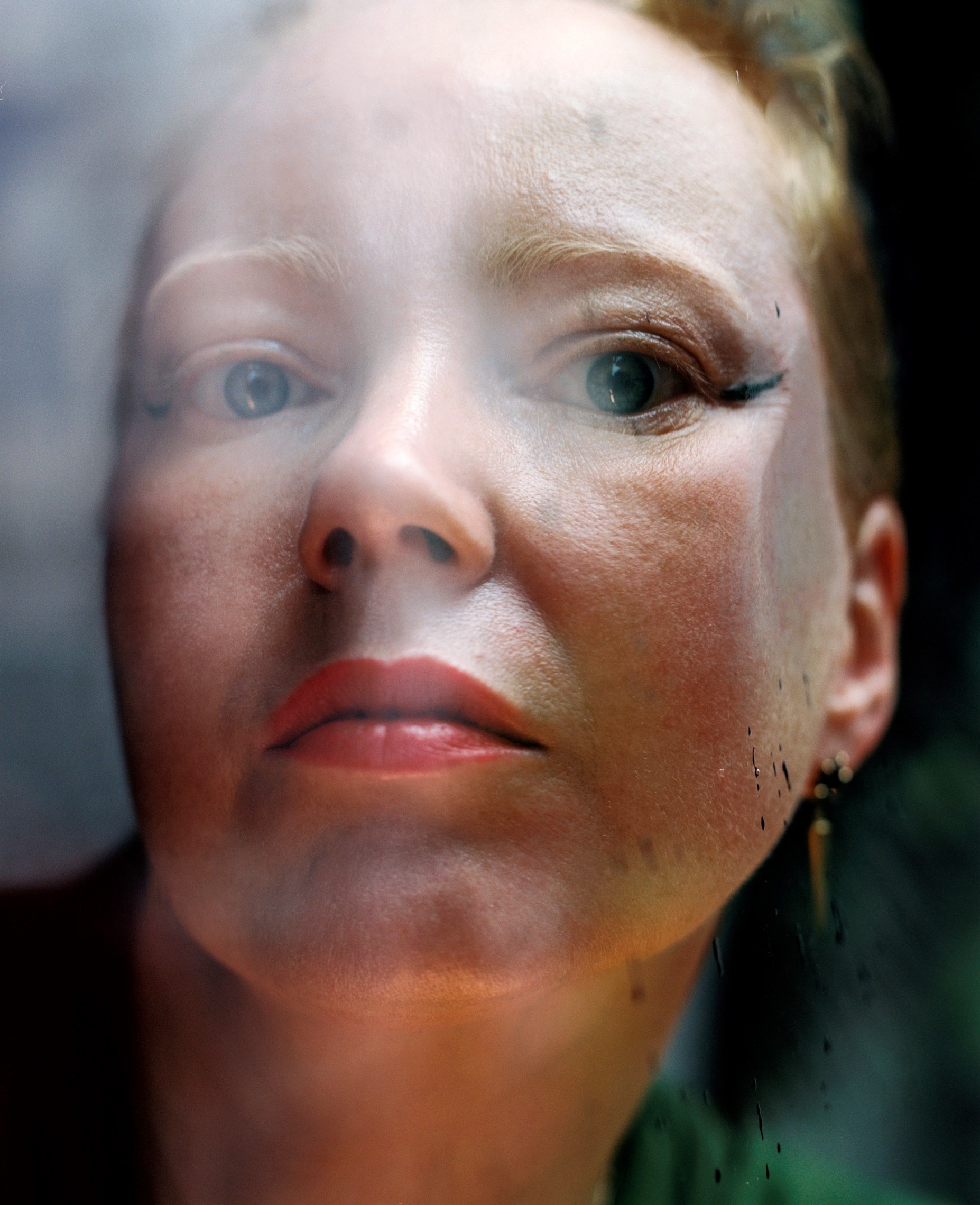
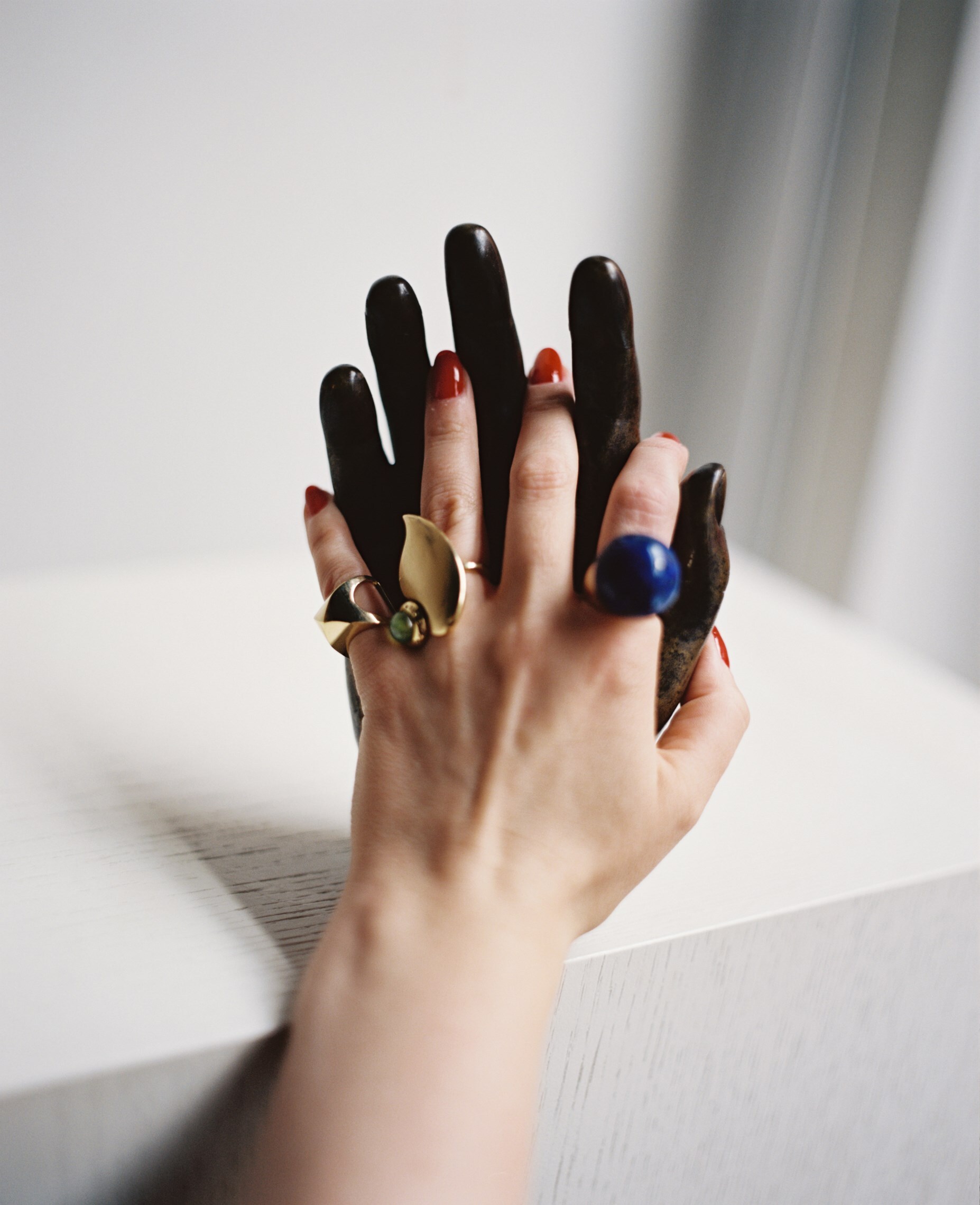
Nowadays, Belmacz itself is a gem of sorts – a two-storey gallery-cum-store in Mayfair, dedicated to Muggenburg’s dynamic and inimitable blend of contemporary art, precious jewels and ancient artefacts. As a gallery it hosts up to 12 exhibitions a year, showing artworks and installations by firm friends, collaborators, and contemporary and classical artists. Vitally, these shows always sit side by side with the jewels themselves – a bold array of geometry-inflected shapes and forms coupled with spectacular natural stones.
“I felt it was really important to make jewels that are compact, concise, and iconic,” Muggenburg says, referencing the elementary shapes at the core of many of her designs. “I grew up in the deepest rural countryside, where everything was natural and slightly sprouting and fecund, and there was a void of this angular stimulus and colourful artificiality. So, this is my way of defining my reality, by making jewels that are super concise.” Muggenburg’s fondness for angular shapes is closely linked to her affinity to the urban, and to London in particular. “A long time ago Yohji Yamamoto said ‘fashion is for cities’, meaning that if you have something very stylised and you take it to the countryside, it gets lost, because nature is so potent. It’s a gorgon, it devours everything. It wouldn’t make any sense to take the most beautiful pearl necklace to the countryside and swan around in it, because you need to have a context.”
“I don't believe in jewels that are ornate for the sake of showing off... Ultimately, you want it to function” – Julia Muggenburg
Perhaps as a result, Belmacz jewels are immediately identifiable – precious gemstones, bold shapes and polished metals that resemble fragments of a city skyline themselves – but with a resolutely human, almost sensual warmth. This could come either from Muggenburg’s fascination with anthropological artefacts (she has an enviable collection of African tribal jewellery, for example, and adores working with antique coins) or from the tactility of the pieces themselves. They’re made, after all, to be worn – a point she is resolute on. “I don't believe in jewels that are ornate for the sake of showing off,” she says. “The modern compact shape, it is a building that houses the finger, or caresses the ear, or that cuffs the wrist. I’m looking at the jewels in the way that an architect does with a model – it’s something that says the maximum with the minimum input. Ultimately, you want it to function.”
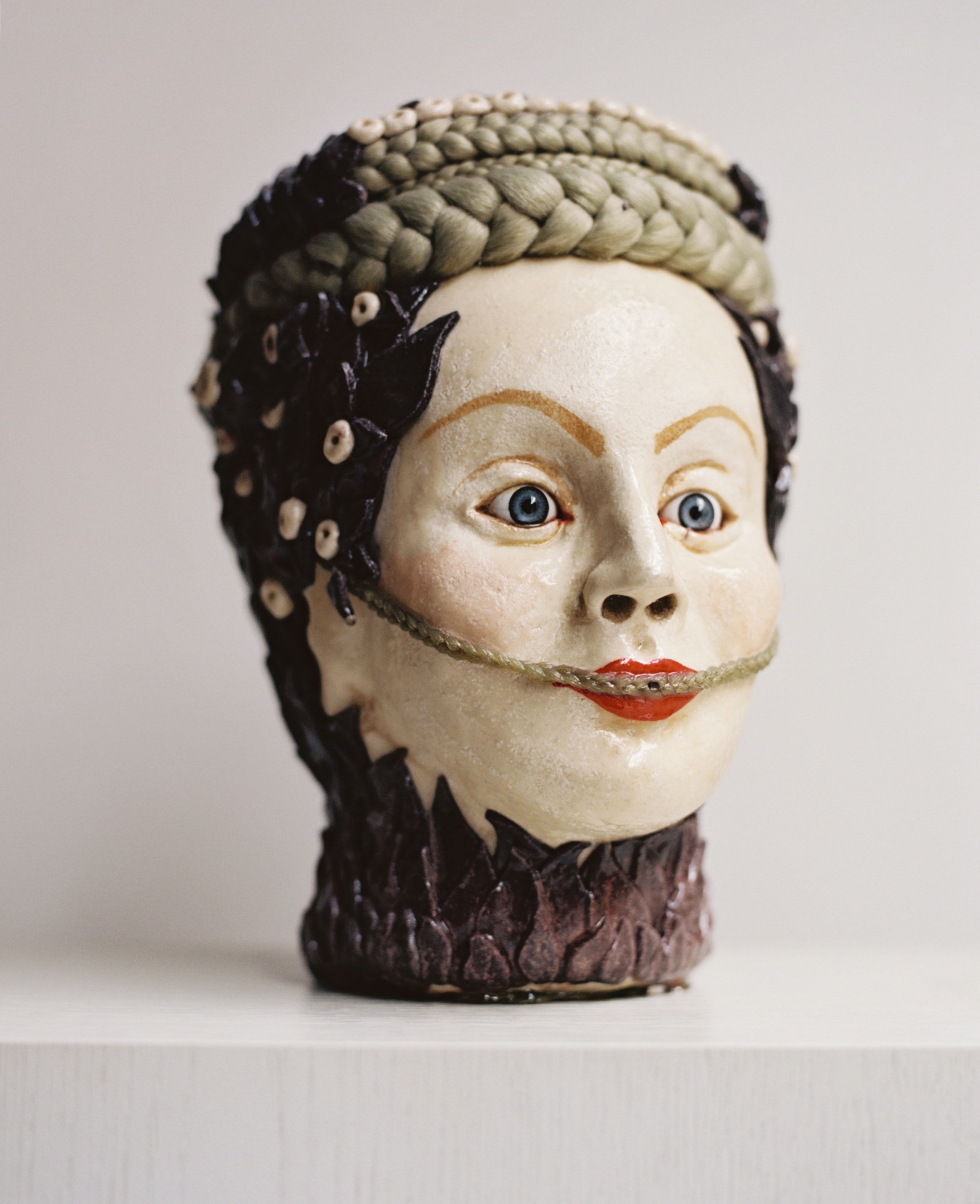
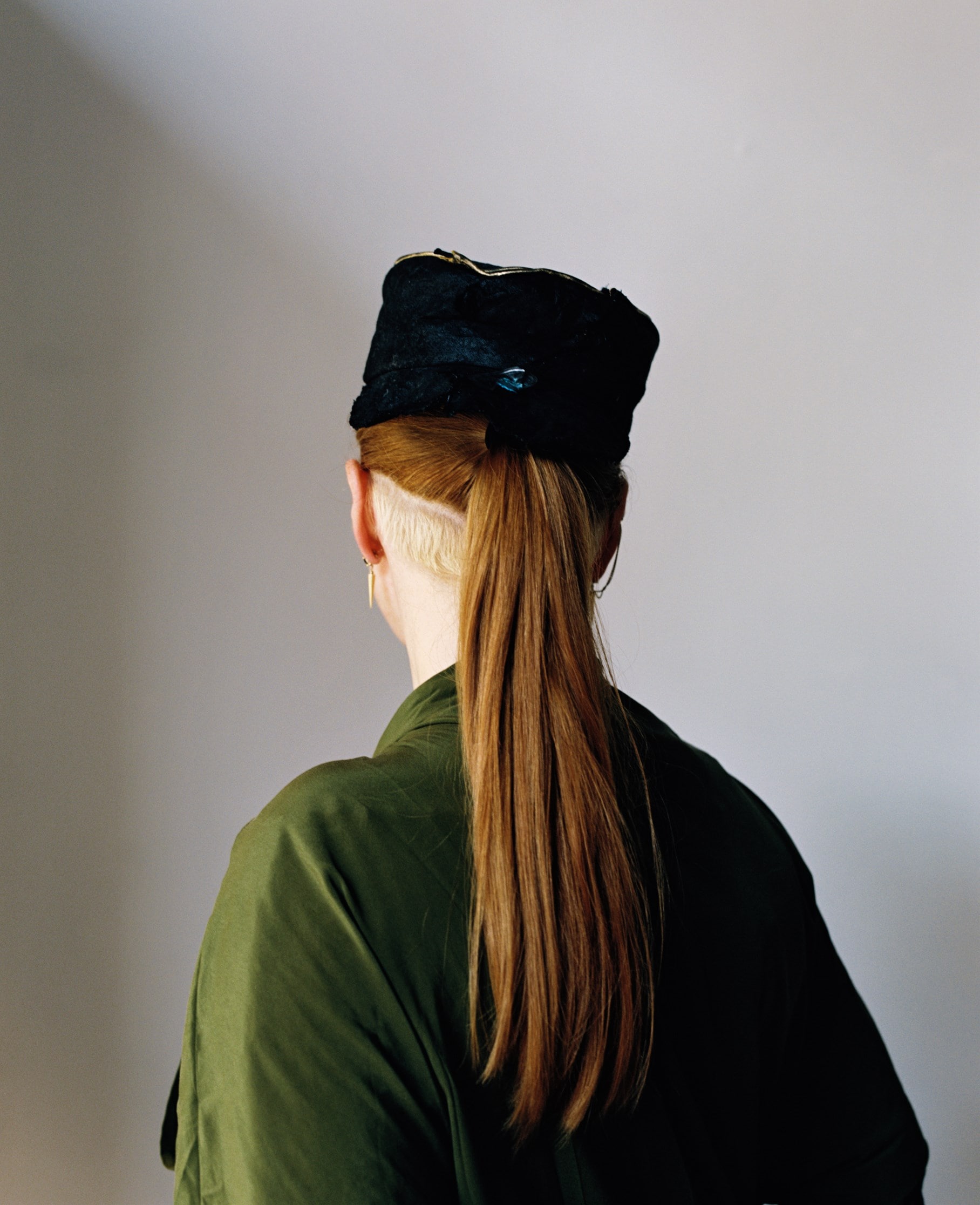
The designer’s fascination with precious stones and metals is not limited to jewellery, either. For some years now she has also been creating and developing a series of beauty products which incorporate 24-carat gold leaf and organic oils, from powders containing crushed pearls to beauty balms in scarlet, ruby and moonstone, evoking the idea of Renaissance painters grinding minerals to create colours. The range initially rose out of a collection she made simply to give as thank-you gifts, she explains, and was quickly snapped up by Barney’s in New York. It’s currently undergoing a reimagining for an exciting new phase.
As with all things in the Belmacz universe, the beauty range is the result of collaboration – Muggenburg surrounds herself with the like-minded creative thinkers, be they artists, curators, designers or otherwise. “I don't have a big ego,” she laughs. “I am very confident as to who I am, I can let people easily into my world – I think it’s to do with cultivation, and culture. We have to let people in, it's much better to be generous. We are all different; you and I are not the same, but there are many things that connect us. We want to talk about what connects us, and that way we can learn more about our differences in due course.” Frustrated by the current state of affairs, her voice drops as she alludes to the state of our miserly country today. "Had the government been more generous with its citizens, we might never have had the schlumuzzle we have now.”
